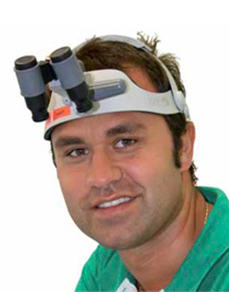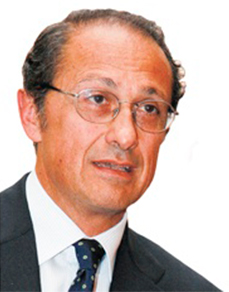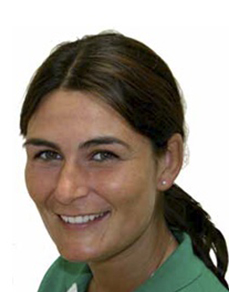

According to the applicable rules and regulations, I declare under my own responsibilities to be a dentist and therefore I am authorized to read the contents of this web site.

Master Degree in Dentistry at the University of Genova with several courses and master in Restorative Dentistry and Fixed Prosthetics. Active Member of the Massironi Study Club. Speaker and author of publications on adhesive dentistry Private practice in Genova.
Master Degree in Dentistry at the University of Genova with several courses and master in Restorative Dentistry and Fixed Prosthetics. Active Member of the Massironi Study Club. Speaker and author of publications on adhesive dentistry Private practice in Genova.

Master Degree in Dentistry at the University of Genova with several courses and master in Restorative Dentistry and Fixed Prosthetics. Active Member of the Massironi Study Club. Speaker and author of publications on adhesive dentistry Private practice in Genova.
Master Degree in Dentistry at the University of Genova with several courses and master in Restorative Dentistry and Fixed Prosthetics. Active Member of the Massironi Study Club. Speaker and author of publications on adhesive dentistry Private practice in Genova.
Master Degree in Dentistry at the University of Genova with several courses and master in Restorative Dentistry and Fixed Prosthetics. Active Member of the Massironi Study Club. Speaker and author of publications on adhesive dentistry Private practice in Genova.

Master Degree in Dentistry at the University of Genova. Private practice in Genova working exclusively on pediatric dentistry and orthodontics according to Dr. Ricketts biogressive philosophy.